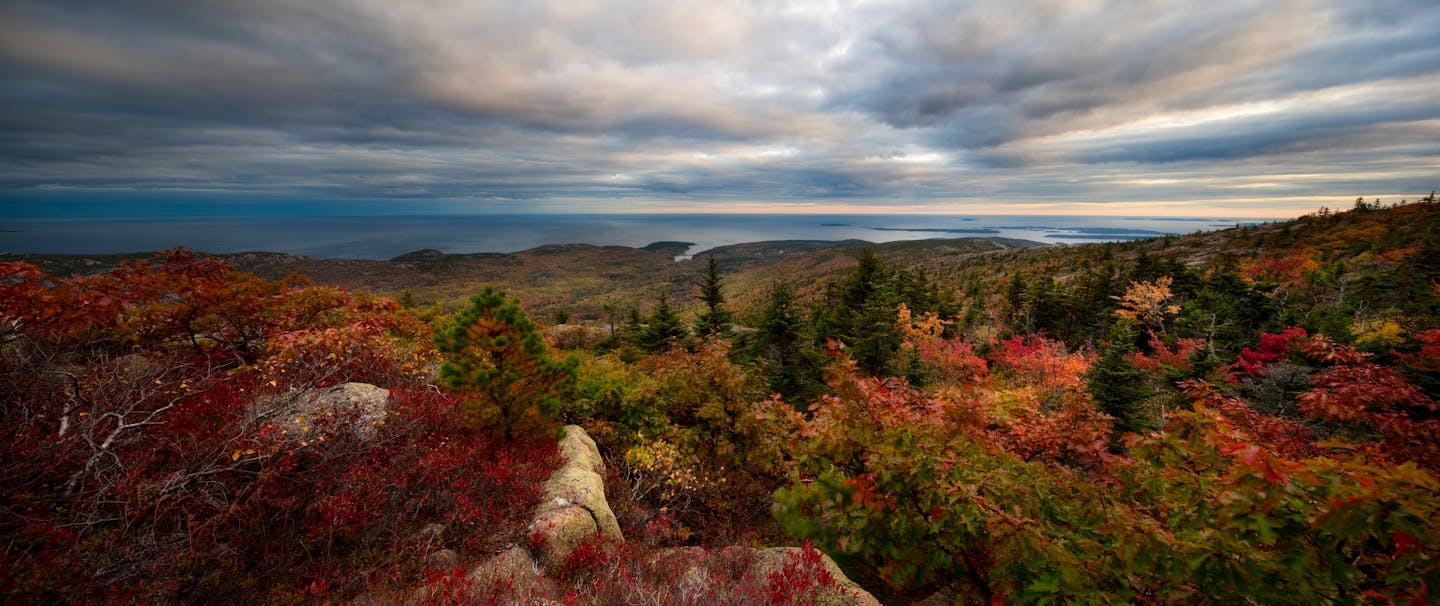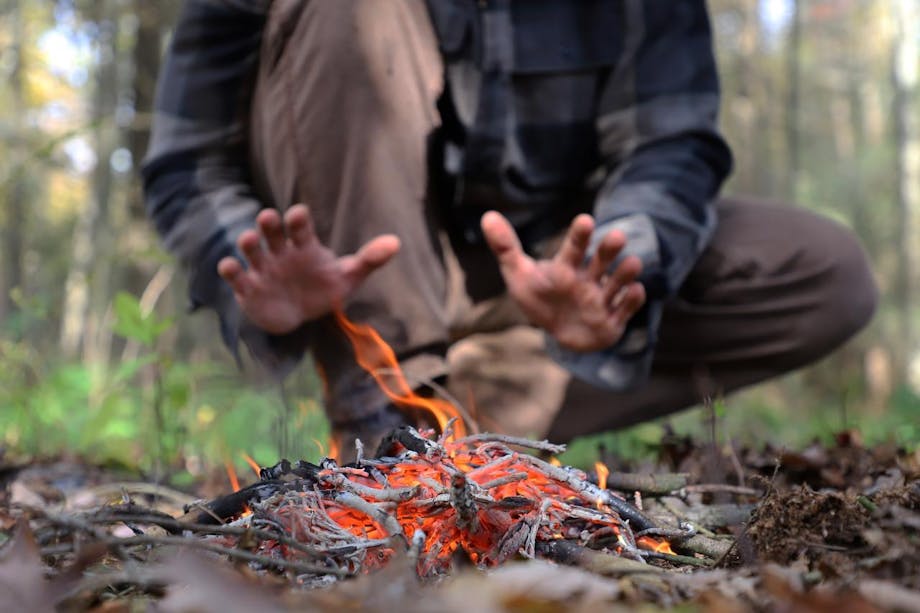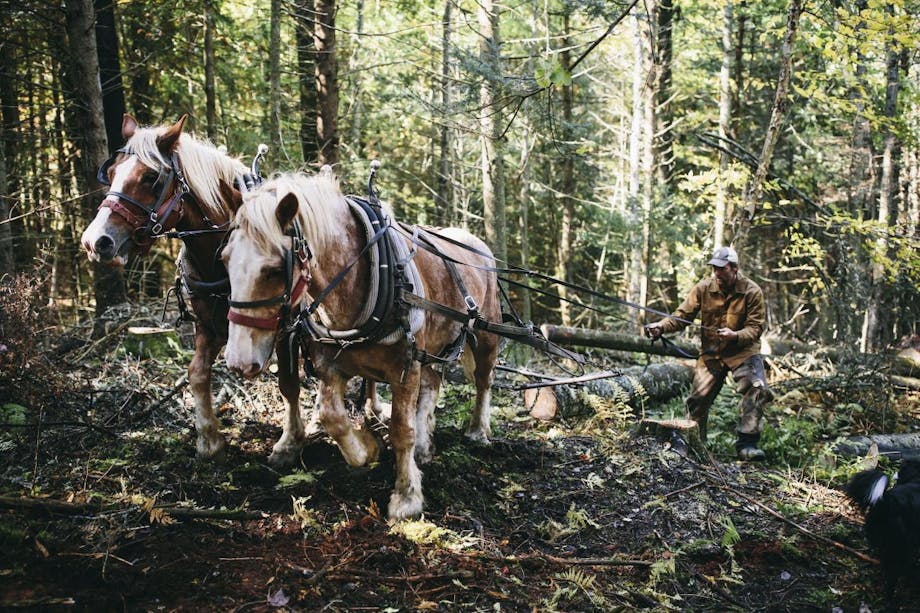Deep in the Maine woods, lying on a wooden table that echoes the surrounding timber framing in Attean Lake Lodge, is a notebook of history, images, and stories rich with this region’s past. Inside the notebook is an article written in 1901 for Outing magazine that reads:
The typical Maine Guide is just as much a product of the soil as are the mighty forests. If ever a class of men earned their money fairly and squarely it is the guides who are working for $2.50 and $3 a day… Who else would sit in a canoe and paddle for hours in a hard rain drenched to the skin? Who else would pack a canoe half a dozen miles without grumbling, simply for the sake of a few hours fishing? Who else would give up a blanket and sit by the fire that you might be warm, or go without food that you might not go hungry? No one but the guide is the answer to all who have been fortunate enough to be under the care of a good one while in the woods.
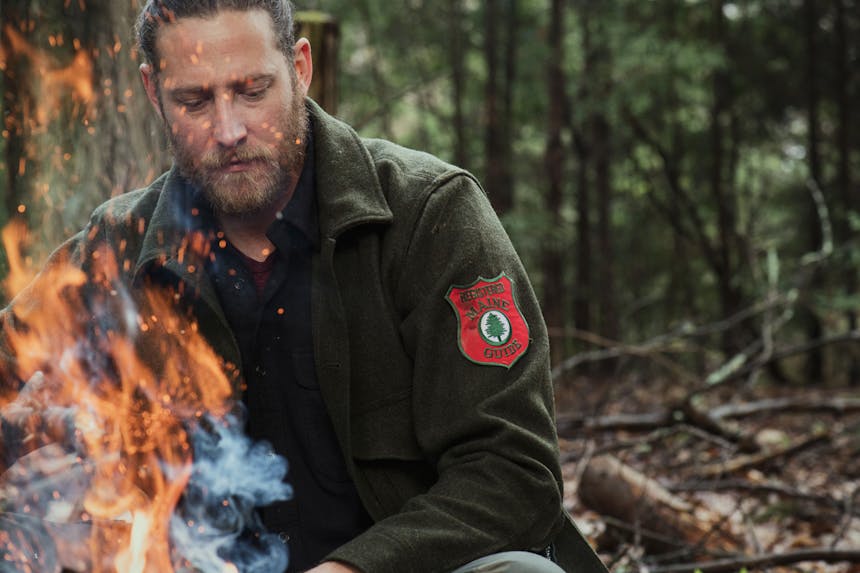
More than a century later, not much has changed (except for the wages, hopefully). Established in 1897 as the first licensed guides in a young United States, Maine Guides are an institution just as iconic in the Northeast as lobster fishermen. They’re stitched into Maine’s landscape—a mythical place of famous coastline and rivers, as well as vast swaths of undeveloped woods (a rarity in the crowded East) that teem with wildlife.
In fact, many species that are scarce elsewhere are abundant in Maine, supporting a strong hunting- and angling-guiding culture. The state is home to the vast majority of the remaining brook trout habitat in the entire country as well as most of the reproducing populations. Endangered lynx roam the forests in such numbers as to suggest that they missed the memo of the imminent threat to their survival elsewhere.
“We are overrun with lynx,” says Don Kleiner, executive director of the Maine Professional Guides Association, which has been shortened to Maine Guides in the casual lexicon. “Maine is the recipient of a lucky accident of ecosystems and previous management.”

But it’s more than just luck. Kleiner heads the organization’s conservation efforts and legislative involvement. As an iconic institution in an industry that’s a major economic driver of the state, Maine Guides use their significant political pull to protect wildlife and natural resources.
“We need to maintain the resources because we depend on them,” Kleiner says. “We can’t gamble even slightly. We’ll fight tooth and nail on some of that stuff.” He says wryly that he’s the sole guide in the country who not only owns a suit and tie but actually wears it regularly, to testify in front of lawmakers. He’s 64 years old, and he’s spent more than half of his life guiding. “I have blisters older than you,” he jokes when I ask him how long he’s been a Maine Guide, and what’s changed in his experience.
He says that in many ways, Maine Guides are a living piece of history, still operating with 150-year-old practices that no one seems to have much interest in changing. Where under the western model of guiding, in which outfitters are licensed and guides work under them, each Maine Guide is licensed as an individual business. Guides also act as law enforcement, with the power to ask anyone for their hunting and fishing licenses. Guiding sectors have diversified over the years, though.
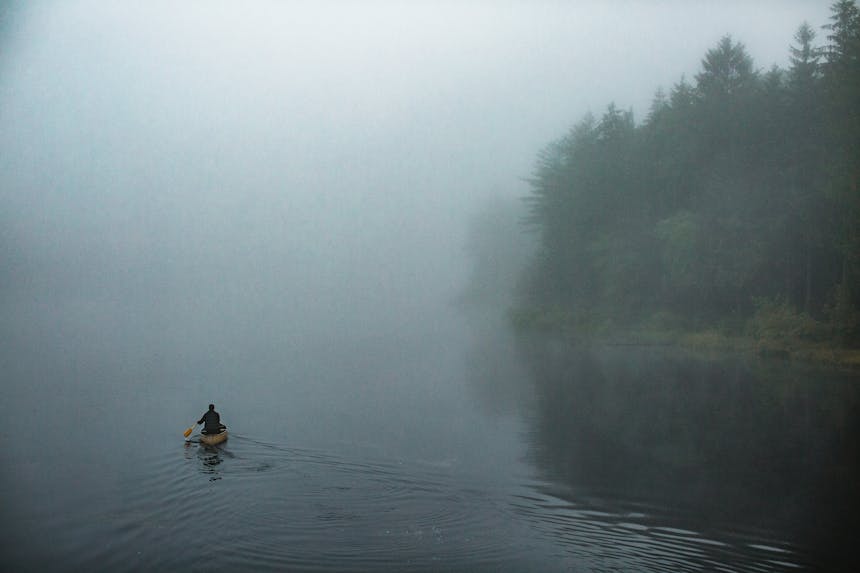
“Think of the most grouchy, toothless bear hunting guide. We’ve still got that guy,” Kleiner says. “But now we’ve also got women-only yoga-paddleboarding guides.”
That female presence isn’t new, though. While hunting, fishing, and guiding are currently and historically male-dominated spheres, the first registered Maine Guide was a woman. Cornilia Crosby became famous for her prowess as an angler to the point that it earned her the nickname “Fly Rod”—legend has it she once caught 200 trout in a single day. It’s been rumored, though never definitively corroborated, that she shot the last legal caribou buck in the state. She wrote a column on fly-fishing for the Philips Phonographcalled “Fly Rod’s Notebook” that was syndicated in papers in New York, Boston, and Chicago and began to cement the reputation of Maine Guides as a storied institution.
Today, Maine Guides are still as much a product of the Northeast soil as the forests that blanket the region’s ground in such exceptional abundance. Find a guide here for everything from hunting, angling, and canoeing to bird-watching and rafting
